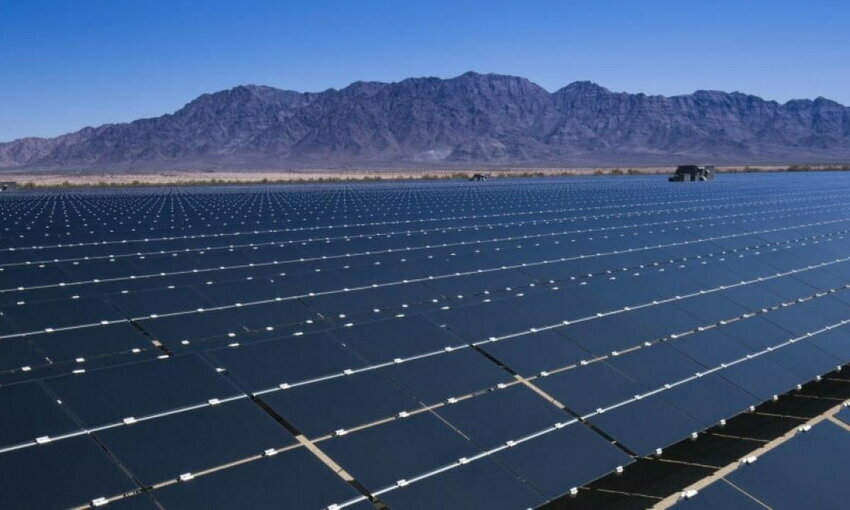 (Credit: BLM)
(Credit: BLM)The Bureau of Land Management is advancing construction for its energy storage system in Riverside County, California, furthering the energy capacity of the Desert Sunlight Solar Farm.
Once completed, the Sunlight Storage II Battery Energy Storage System project will increase the project’s total storage capacity by 530 megawatts, enough to power over 90,000 homes. BLM’s Desert Sunlight Battery Energy Storage System, approved in 2021, already provides 550 MW of electricity and 230 MW of energy storage for the state’s power grid.
“The Sunlight Storage II Battery Energy Storage System project will increase reliability for the State power grid, while expanding access to clean energy for Californians,” said California Desert District Manager Shelly Lynch. “Clean and reliable renewable energy projects like this one will continue to help us address climate change and reduce greenhouse gas emissions.”
The BLM manages over 245 million acres of public lands which are located predominantly in 12 western states. Public lands have been identified as instrumental to climate solutions, and many solar projects have been approved on public lands since the first one in 2010.
This project and expansion of solar units reflect a growing trend of investment in solar energy, which has recently outpaced investment in fossil fuels.
This project is a part of the Biden-Harris Administration’s efforts toward developing clean energy on public lands in order to reach nationwide carbon-free electricity by 2035. Further, Congress’ Energy Act of 2020 calls for 25 GW of solar, wind, and geothermal production on public lands no later than 2025. Public lands are being used for renewable energy expansion in an environmentally sound manner and are crucial in reaching these ambitious clean energy goals.
All Desert Sunlight Solar facilities, located in the desert regions of seven California counties, were studied and determined to be suitable for renewable energy development. More than 10.8 million acres were identified as able to successfully streamline renewable energy development while still protecting desert ecosystems and allowing for outdoor recreation. The Department of the Interior and BLM work with Tribal governments, local communities, state regulators, industry, and other federal agencies in the process of approving these sites.